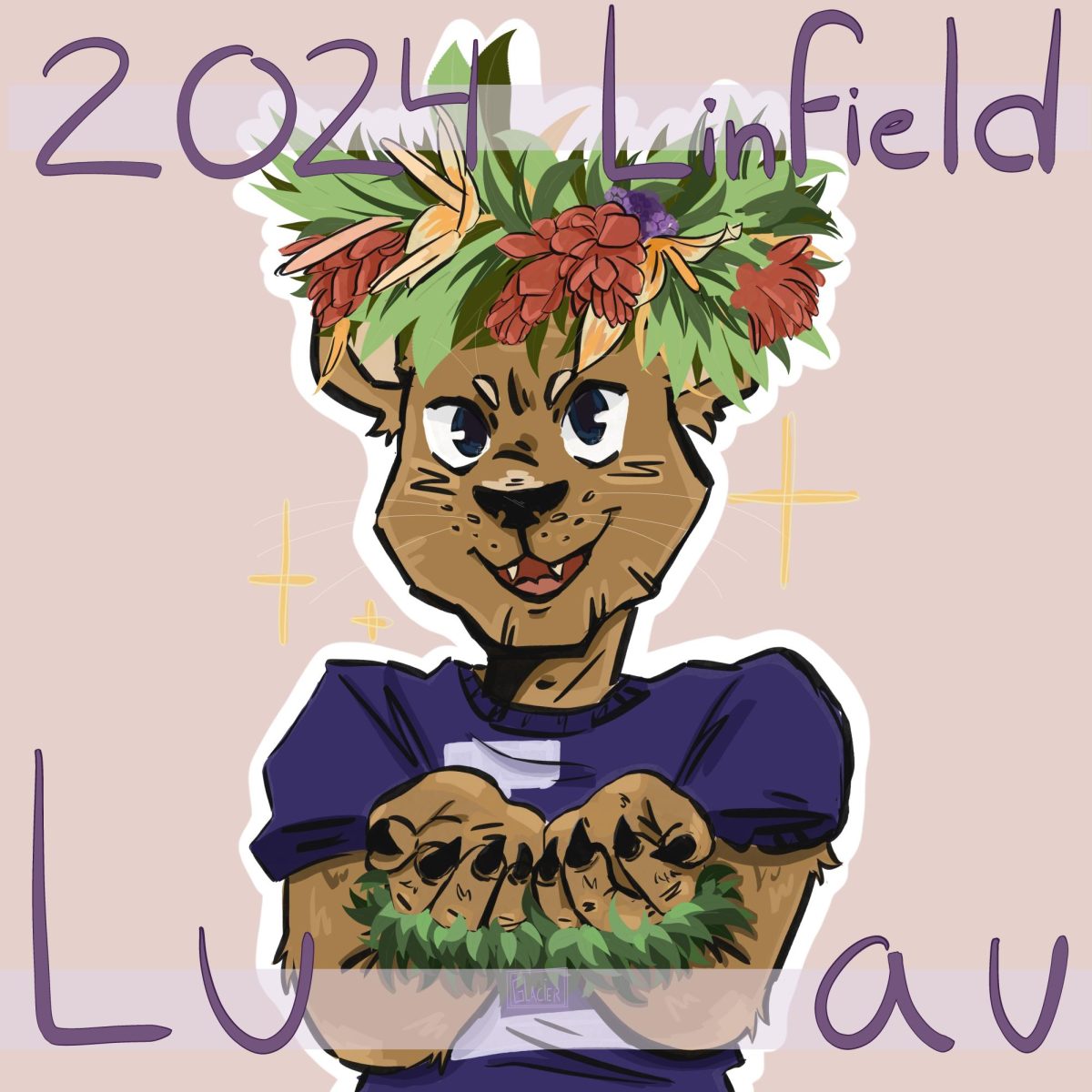Joel Ray/Senior photographer
Joan Forry, visiting assistant professor of philosophy, discussed with students the colleges that use live animals as mascots, and why students should instead find a different way to represent themselves.
On Nov. 29, Joan Forry, visiting assistant professor of philosophy, presented her academic lecture “Against Animals as Sports Team Mascots.”
Forry received her undergraduate degree from Heidelberg University, home of the Student Princes, and received a Ph.D. in Philosophy from Temple University, which has the mascot Hooter the Owl, in 2008.
Forry’s lecture asked the question: “How many colleges and universities have mascots?” and “How many animal mascots are used?”
There are 33 live animal mascots in the
Division-I schools of the NCAA’s Southeastern Conference alone. For the purposes of her lecture, Forry focused primarily on Louisiana State University’s live animal mascot, Mike the Tiger.
“I’ve been interested in animal ethics for a while,” Forry said. “What drew me to the topic was Mike the Tiger. I’ve been following it for a while.”
The first Mike the Tiger was purchased for $750 in 1935 from the Little Rock Zoo. Fans used to be encouraged to pound on the cage to make him roar, but the school was asked to cease after complaints of animal cruelty. After, there were reports of the Tiger being poked with an electric cattle prod to make him roar, which was also shut down.
In the early 2000s, during the age of Mike the Fifth, LSU was ordered to improve his environment on campus. In 2005, a $3 million habitat was built on LSU’s grounds.
The problem with live animal mascots is that the animals might go through direct harm, which she defined as “individual animals that receive inhumane treatment” and indirect harm, which is “symbolic harm through misunderstanding and misrepresentation.” However, according to Forry, “It’s not entirely clear what constitutes harm.”
One example of explicit harm toward animals in the name of athletics was when an unnamed high school in Iowa that was playing against the “Golden Eagles” spray painted a chicken gold and had the young athletes stomp it to death to inspire school spirit.
“I don’t have it entirely fleshed out,” Forry said when asked about the argument against costumed animal mascots. “I think it depends on the body of knowledge that surrounds the mascots. There might be some kind of misrepresentation.”
“Most mascots are offensive somehow,” Forry said when asked about other mascots. “So, we should find another way to represent ourselves.”
Paige Jurgensen
Staff writer
Paige Jurgensen can be reached at
[email protected].






